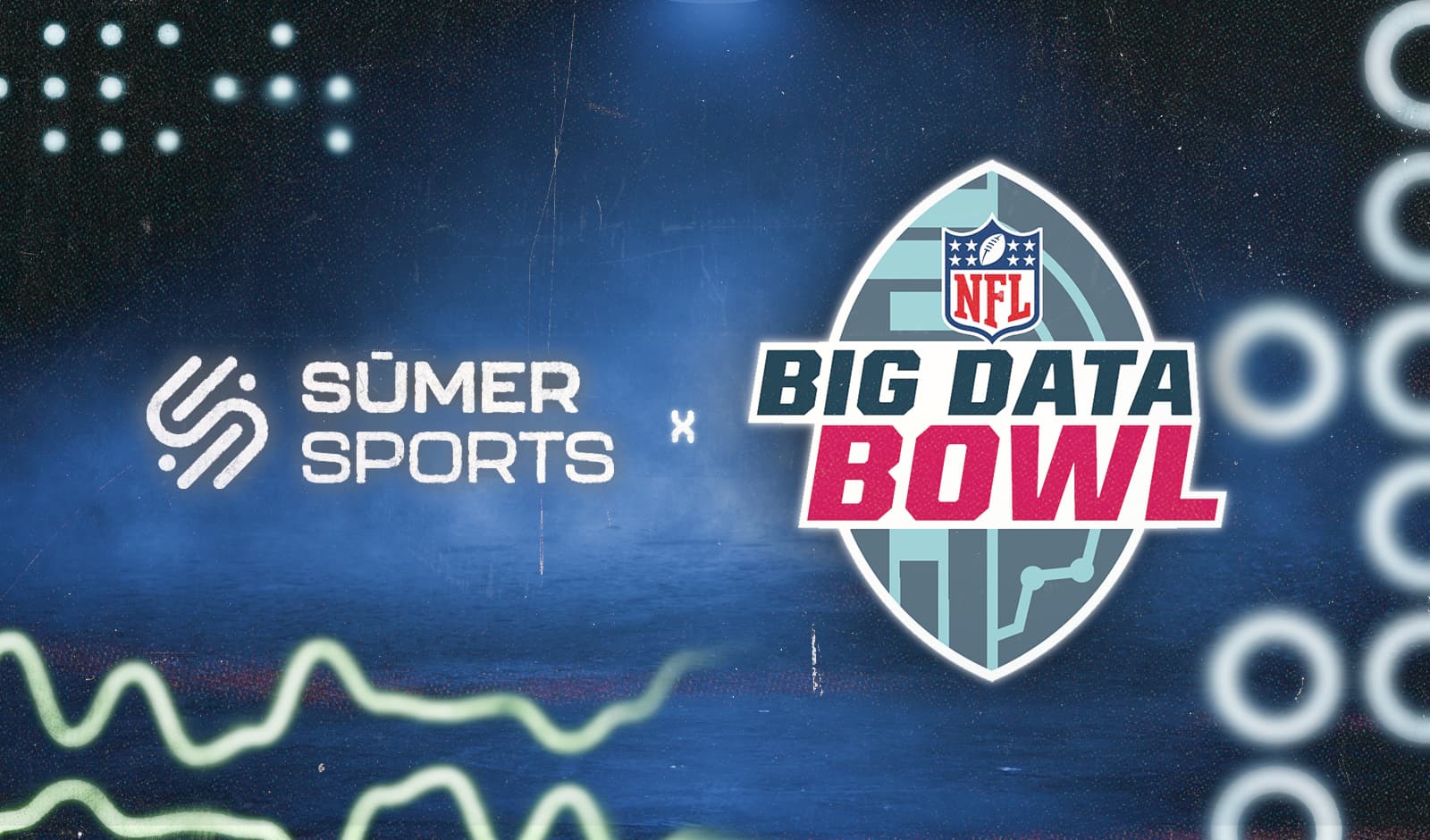The NFL calendar has slowed down a bit with the draft about month in our rearview mirror. The next big date on the NFL calendar, whose technical importance has waned some over time, is June 1st.
As a kid, I remember June 1st as the day when my hometown Minnesota Vikings – perpetually up against the salary cap – would have access to reduced-price free agents. In 2002, fresh off the (temporary) retirement of Hall of Famer Cris Carter, the Vikings needed a wide receiver badly in free agency but could not afford one. Derrick Alexander (not to be confused with the defensive end of the same name Minnesota took over Warren Sapp in the 1995 draft) was under a 5-year, $17-million contract with the Kansas City Chiefs, was coming off of a poor season hampered by injuries, and was rumored to be available after the (to me, at the time) magical date of June 1st.
Alexander was indeed released and then signed with the Vikings. He lasted half of a season before tearing his ACL and retiring the following offseason. This is a lesson that has been learned the hard way over the years: optimism for a player does not mean on-field success for a player.
When the NFL instituted free agency in 1993, and later the salary cap in 1994, many teams were not ready for this change. In the (very good) NFL Films documentary “A Football Life: 1993 Houston Oilers,” Assistant General Manager Floyd Reese admitted as much saying Houston “did not prepare one iota for the cap.” As such, many contracts required creative means of termination. One way was to spread out the acceleration of dead money charges over two seasons rather than one.
We have discussed contract structures a few times on SumerSports.com, including restructures and void years. In summary, if a contract has a signing bonus, that money is prorated in equal parts throughout the remainder of that deal against the cap, up to five years. So, if a player signs a five-year deal with a $5 million signing bonus, that bonus counts as a $1 million cap charge each year. If the player were ever to be released or traded, though, that bonus money is accelerated to that year’s cap. For example, if the same player that had the $5 million in bonus money were to be cut after two years, there would be a $3 million dead money charge on the team’s cap that year.
This rule has been that way since the beginning of the salary cap as has the rule that a player released or traded after June 1st, or now given a post-June 1 designation, has their bonus money acceleration split over two seasons. For example, the player in the previous example, if cut after two years, with a June 1st designation, would have a $1 million dead cap charge that year, and a $2 dead cap charge the following year. Note that other guarantees like guaranteed paragraph 5 base salaries are not able to be split, they get counted as dead money as per usual.
Year | P5 | Prorated Signing Bonus | Roster Bonus | Cap Hit | Dead (pre-June 1 designation) | Dead (post-June 1 designation) |
1 | $2m (guaranteed) | $1m | $0m | $3m | $11m | $7m |
2 | $2m (guaranteed) | $1m | $1m | $4m | $8m | $5m |
3 | $2m (guaranteed) | $1m | $1m | $4m | $5m | $3m |
4 | $2m | $1m | $1m | $4m | $2m | $1m |
5 | $2m | $1m | $1m | $4m | $1m | $1m |
Example contract with pre-June 1 dead money and post-June 1 dead money. Notice how the guaranteed salaries are counted as full while the prorated signing bonus hits are split in two, and the roster bonuses are cut entirely from the dead money.
The benefits of spreading cap hits should be intuitive. The cap value of a dollar goes down each year that the cap itself goes up, meaning that a team is paying less for the second half of the proration than they otherwise would be while at the same time getting cap relief that year (that they can roll over to the future if they do not find anything to spend the money on). The drawback is that there is less flexibility in future years if that additional cap is spent in the current year – which it often will be and on assets that are not exactly worth it.
In recent CBA’s, the NFL has allowed teams to designate a player a post-June 1st cut (up to two) and release the player prior to that date (unlike in the Kansas City example above). This benefits the player in that they can sign with a different team while cap dollars are still available, but it hurts the player in that they will lose out on any roster or workout bonuses that are to be paid out before June 1st. This does not really benefit the team in terms of being cap compliant by the start of the league year, or until June 1st, as a player cut with a post-June 1st designation will have their full dead cap charge in place until the June 1st date. So, in the example above, the team’s cap will have a $3 million dead cap charge until June 1st, where it drops to $1 million.
Hopefully this has served as an overview of the implication of the approaching June 1st deadline and its importance in team building. Continue to follow SumerSports.com for more articles like these in the future.



.jpg&w=3840&q=75)
